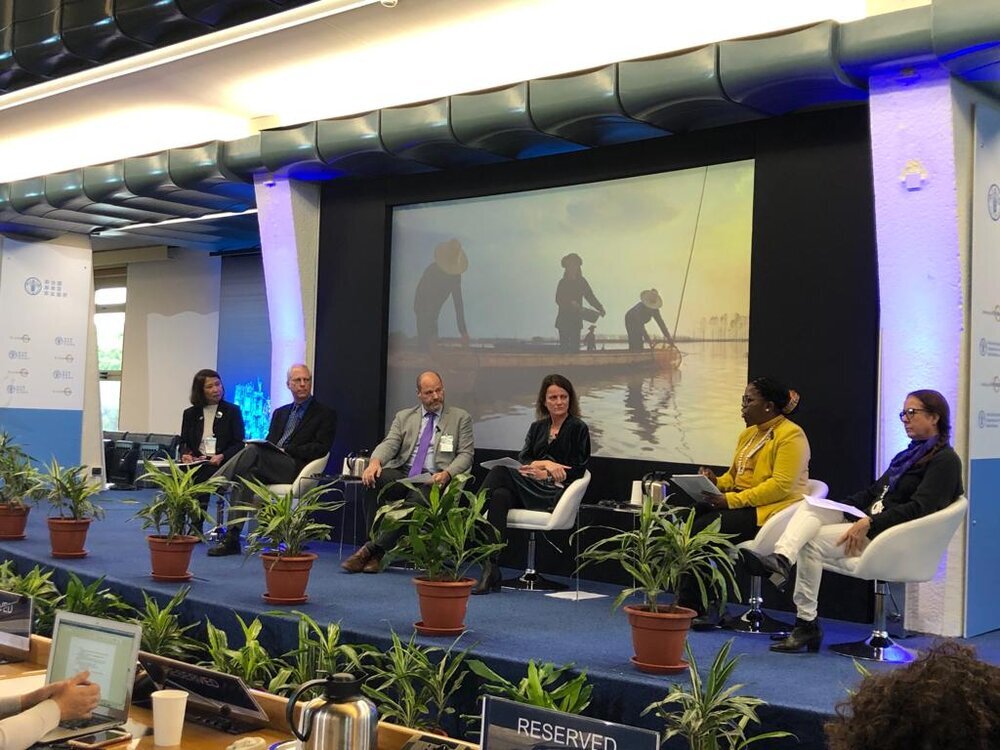A closer look at how employers respond during disease outbreaks is part of a new research study underway at Saint Mary’s University.
A research team led by Saint Mary’s Professor of Psychology Dr. Kevin Kelloway has received a grant for $333,000 over two years from the Canadian Institutes of Health Research (CIHR) to study COVID-19.
Dr. Kevin Kelloway
“Dealing with a pandemic on this scale is a massive social challenge that has dramatically changed the nature of workplaces,” said Dr. Kelloway. “Our project examines the workplace changes and the effect that they have on individual employees. How, for example, do organizational policies influence individual decisions such as decisions around hygiene or self-isolation? How is the mental health of employees affected by the disruptions and re-organizations, and what can organizations do to help employees cope at this time?”
This research funding is for a project titled “Organizational Response to Disease Outbreak,” which will look at how both public and private organizations are challenged with the need to protect and promote the health and health practices of their employees while maintaining operations during disease outbreaks.
The study will look at employee perceptions of their employers’ management of these two goals, with a focus on examining how the organizational response to disease outbreaks influences employees' own health and health-promoting behaviours.
Along with a large national survey representative of Canadian workers, which Dr. Kelloway says will be longitudinal, following employees as they go through this experience, the team is also planning more focused studies on the role of leaders (managers and supervisors) in managing this crisis as well as more in-depth studies of employees who have transitioned to working at home.
The research group will start the two-year study very quickly in order to get good data on how people are adjusting and reacting to the crisis as it unfolds.
“It’s a quickly changing environment, said Dr. Kelloway. “For example, when we wrote the grant, no one was thinking of social isolation on the scale that we are now experiencing.”
The team has launched a website (ohpdata.com) that will be continually updated with information for employers and employees on how to adapt to changing circumstances. As the results from the research start to emerge, they will be posted to that site as well.
This funding for this project is part of an investment of $25.8M from the Government of Canada to contribute to the global efforts to address the COVID-19 outbreak. This is a portion of the $275M in funding for research on medical countermeasures against COVID-19 announced by the Prime Minister on March 11, 2020.
Dr. Kelloway’s team also includes Dr. Jane Mullen (Mount Allison University), Dr. Stephanie Gilbert (Cape Breton University) and Dr. Jennifer Dimoff (University of Ottawa) as well as PhD students Tabatha Thibault, Rachael Jones Chick and Vanessa Myers – all PhD students in the Industrial/Organizational Psychology program at Saint Mary’s.






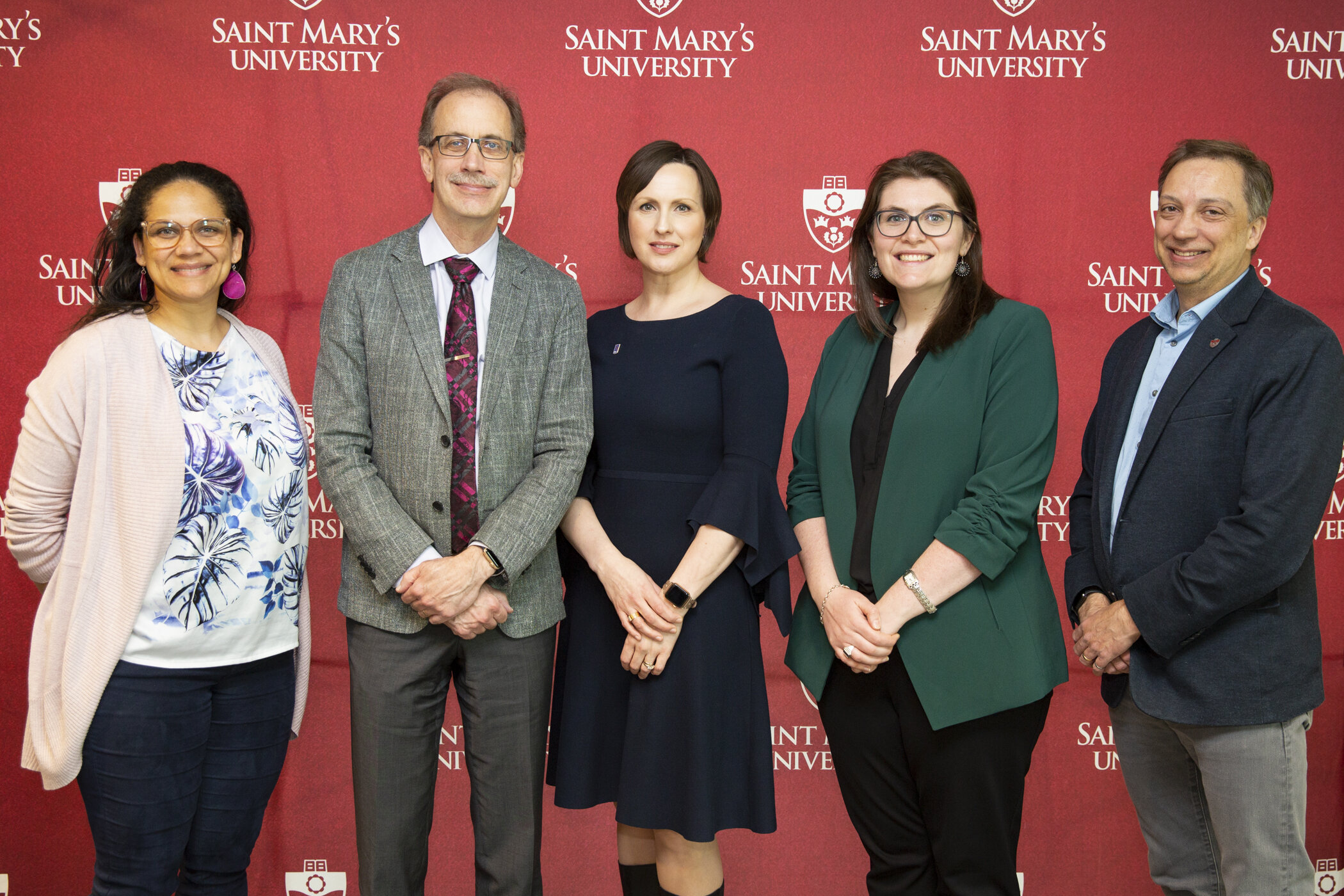
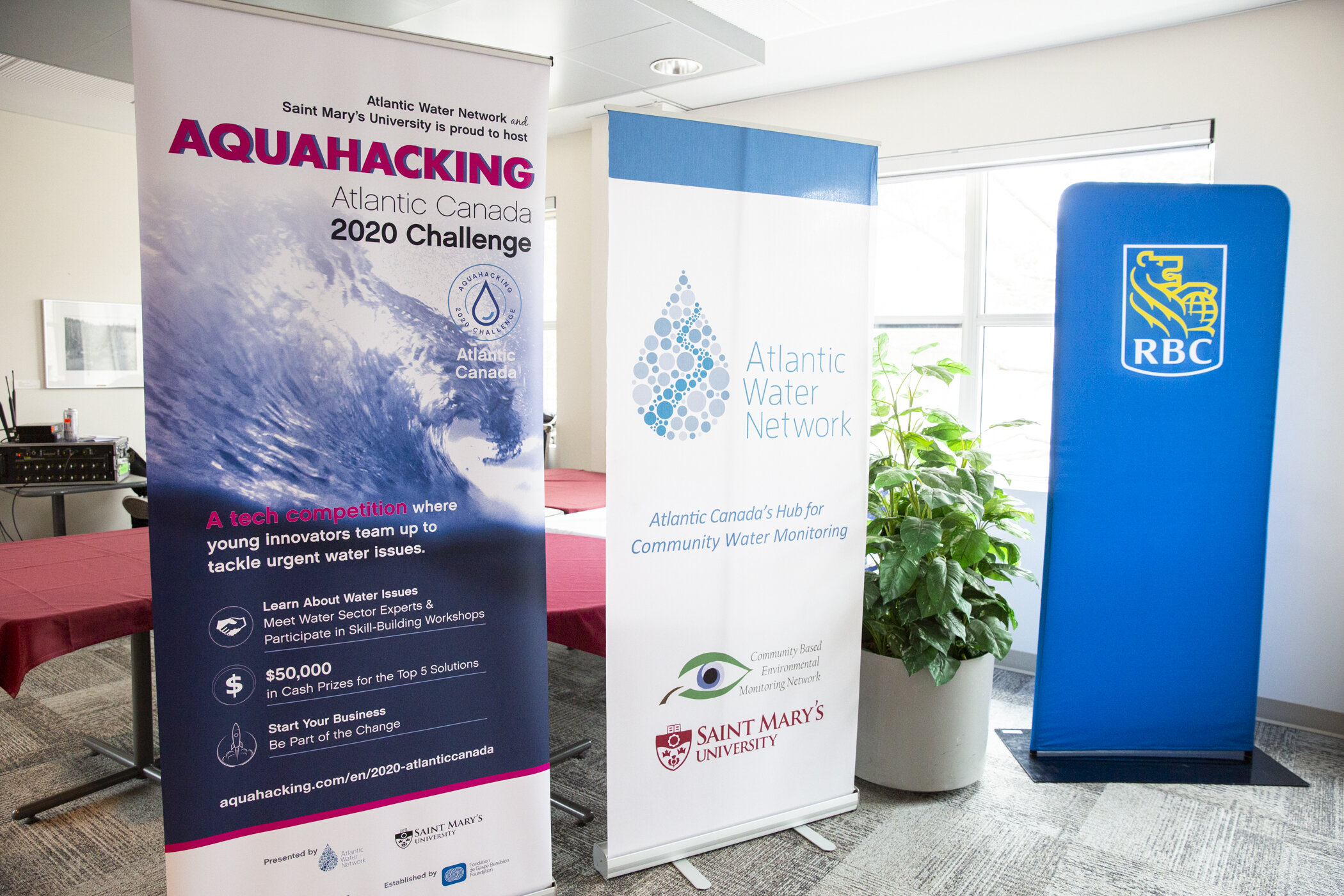
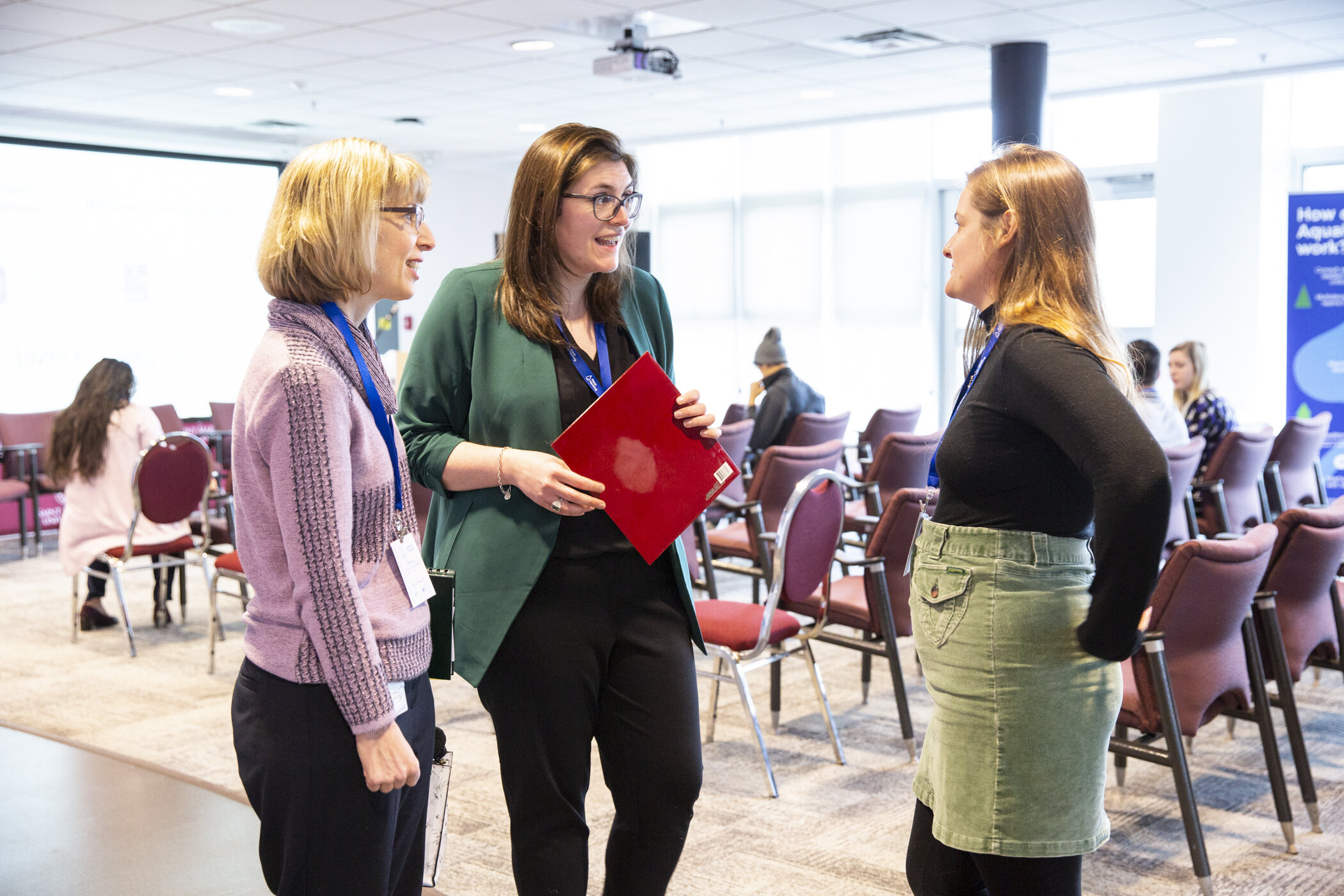
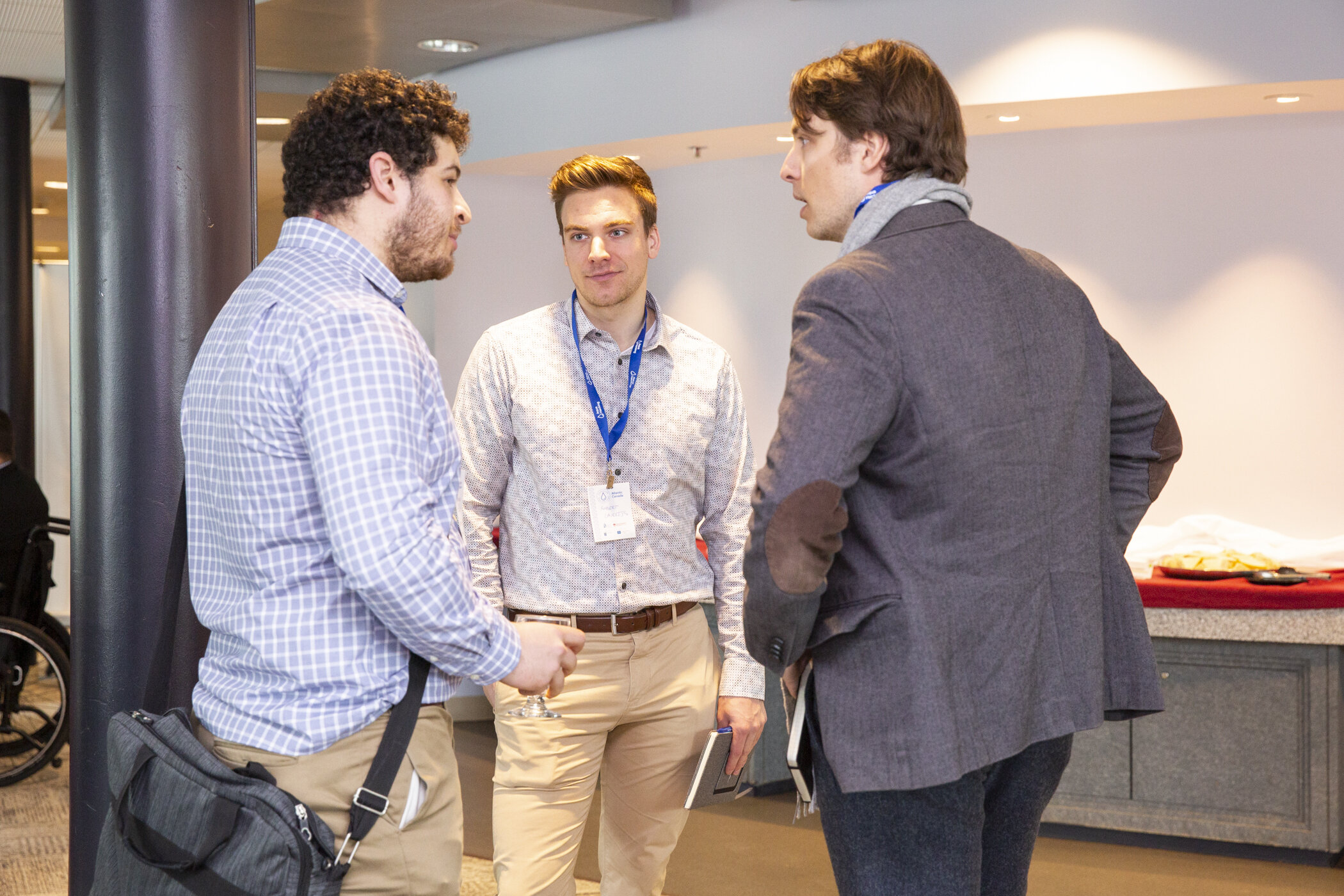
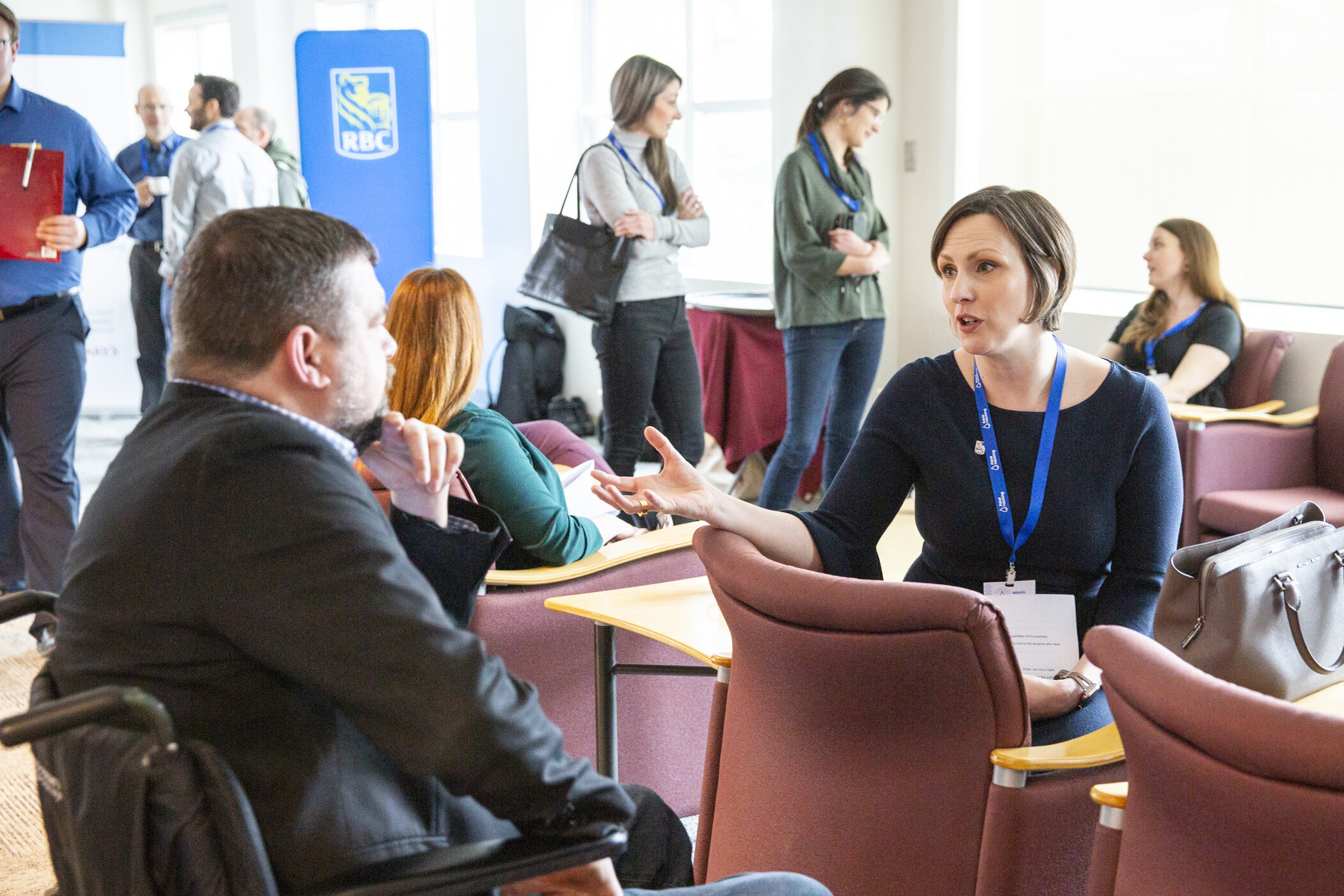
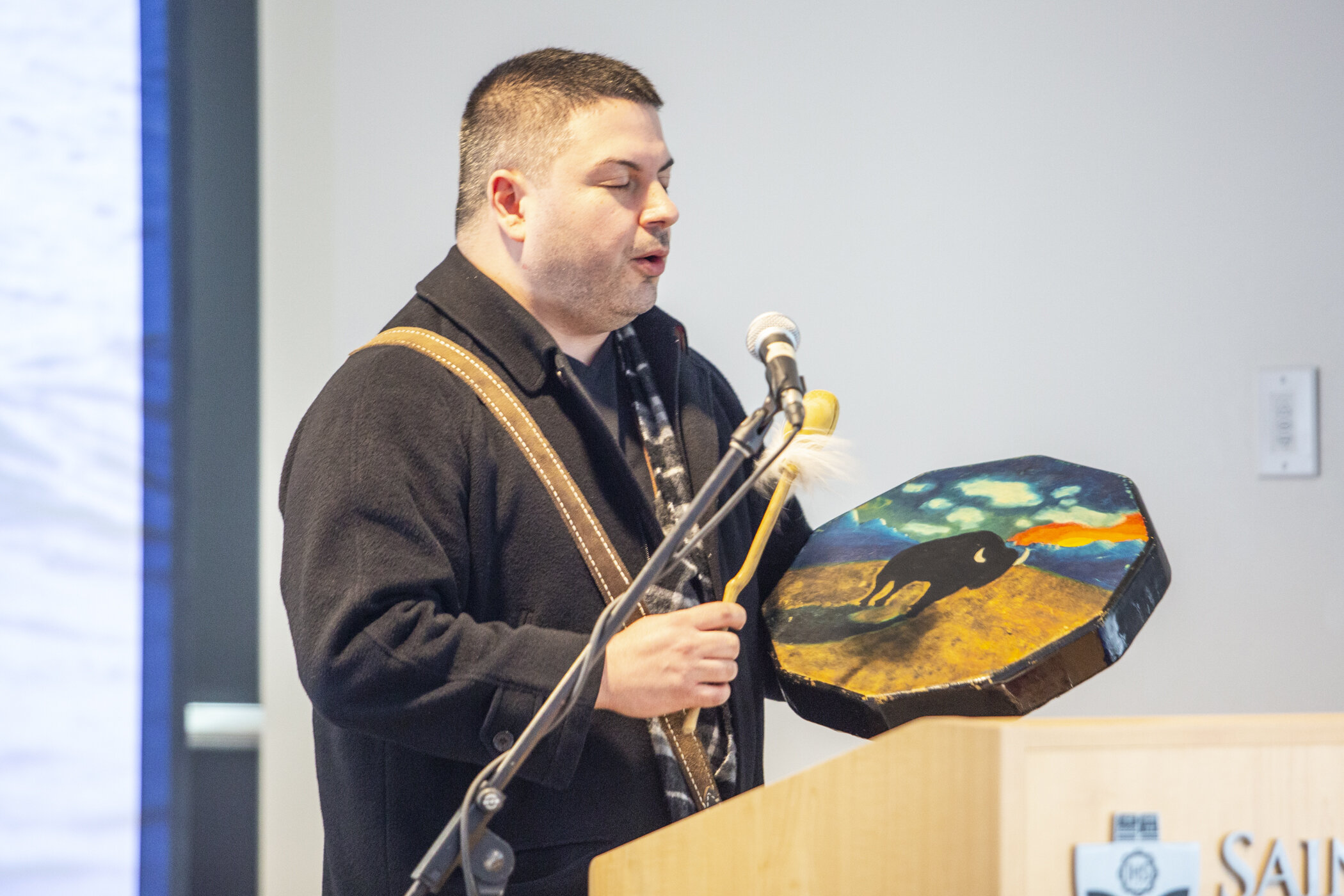
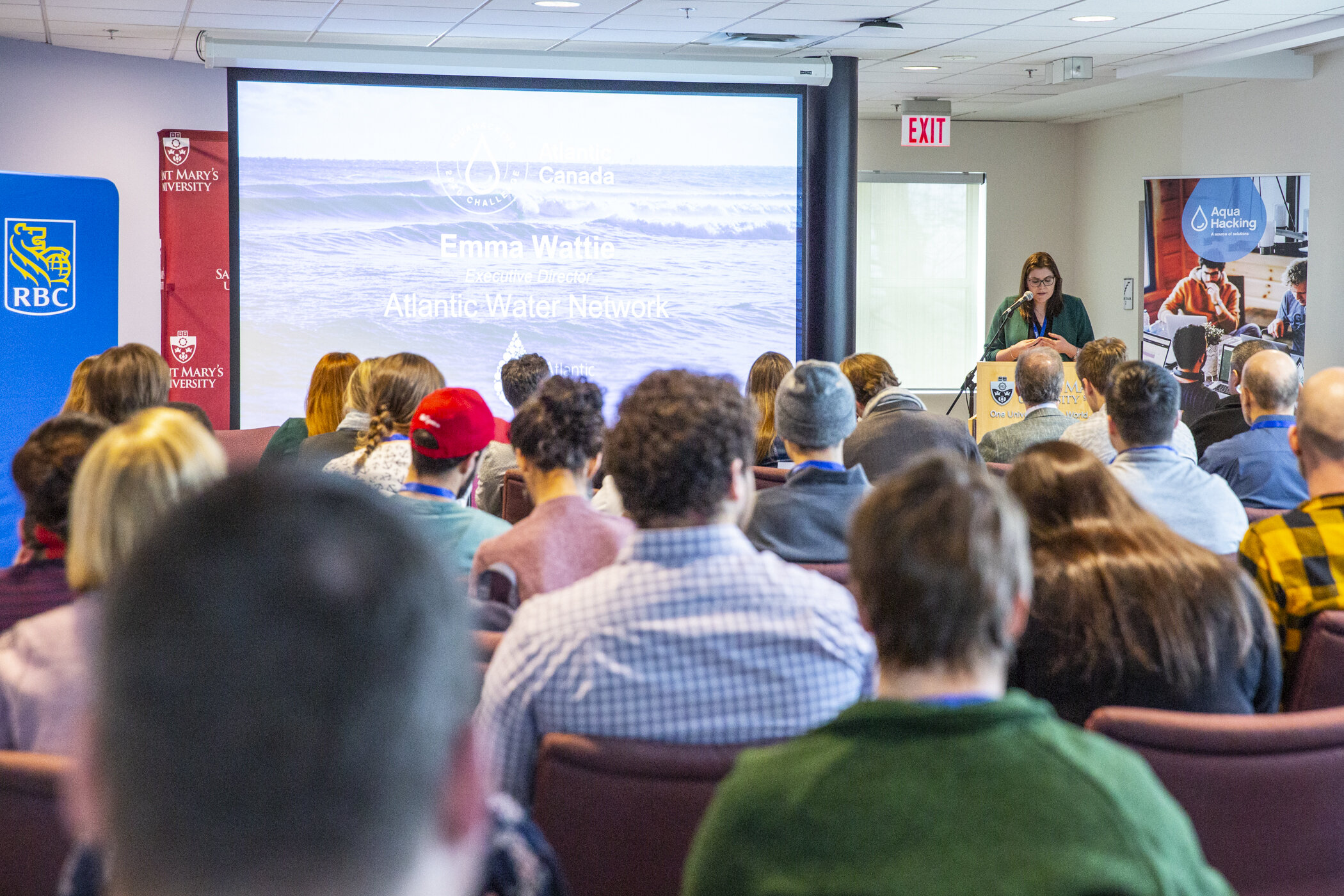
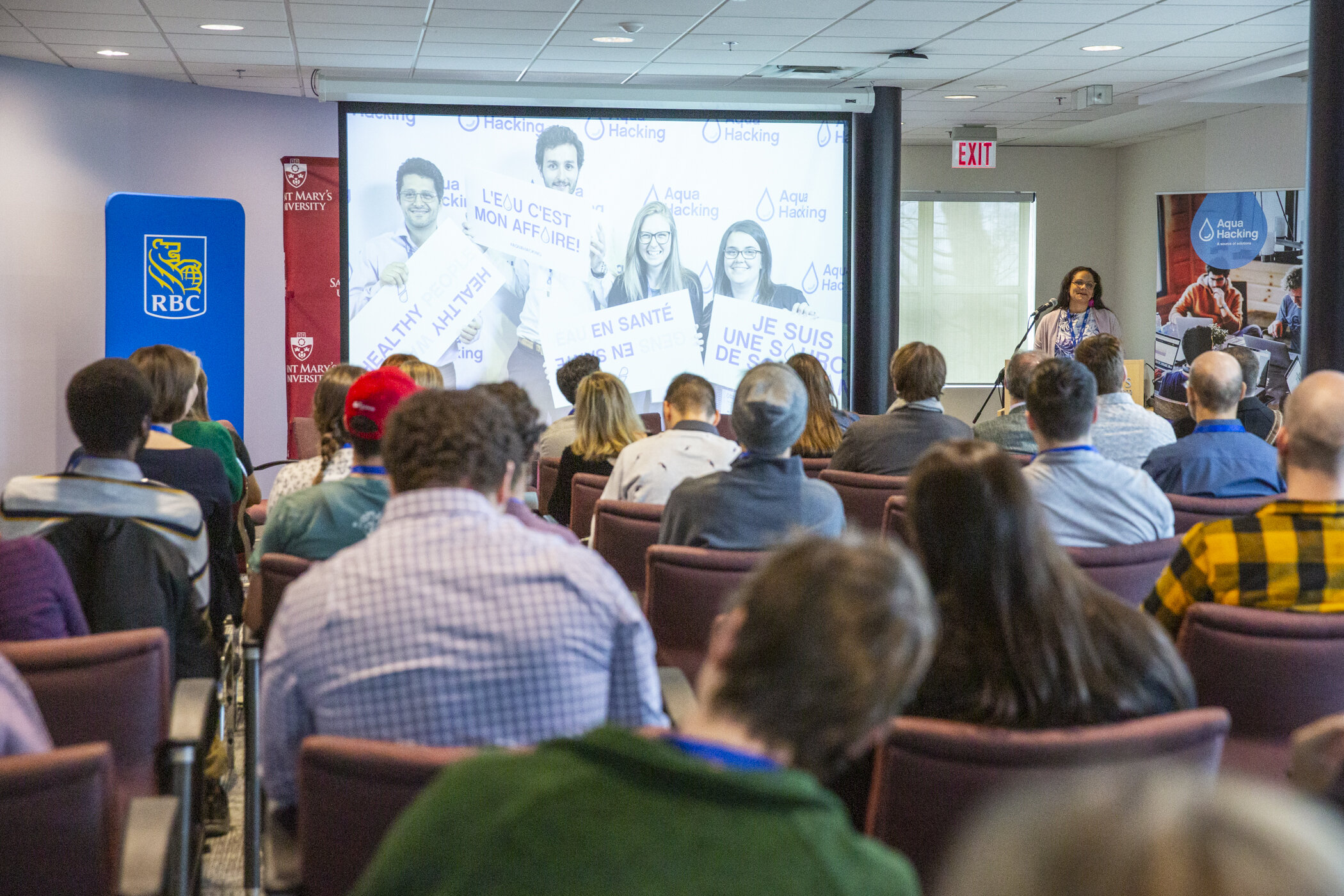
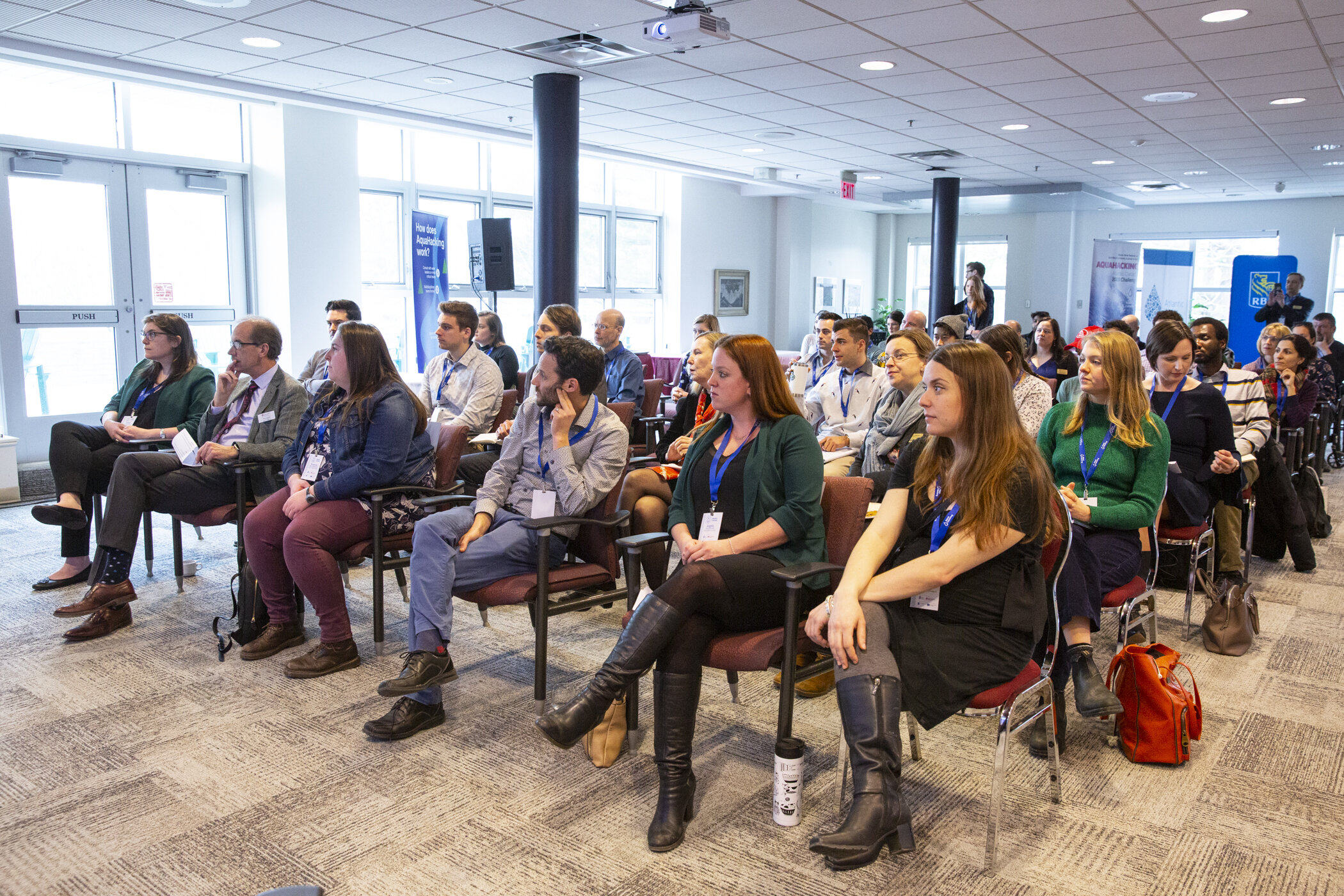
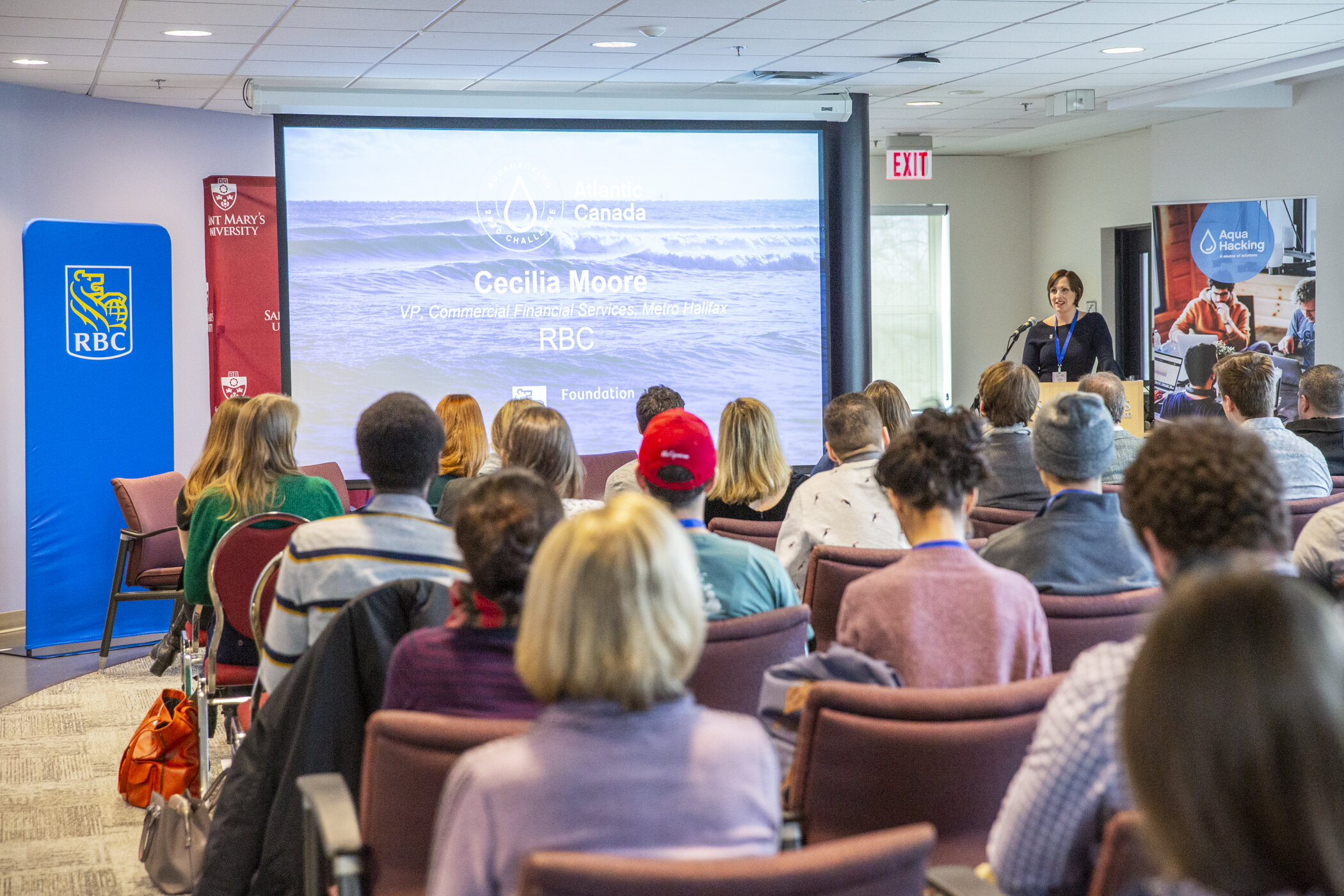
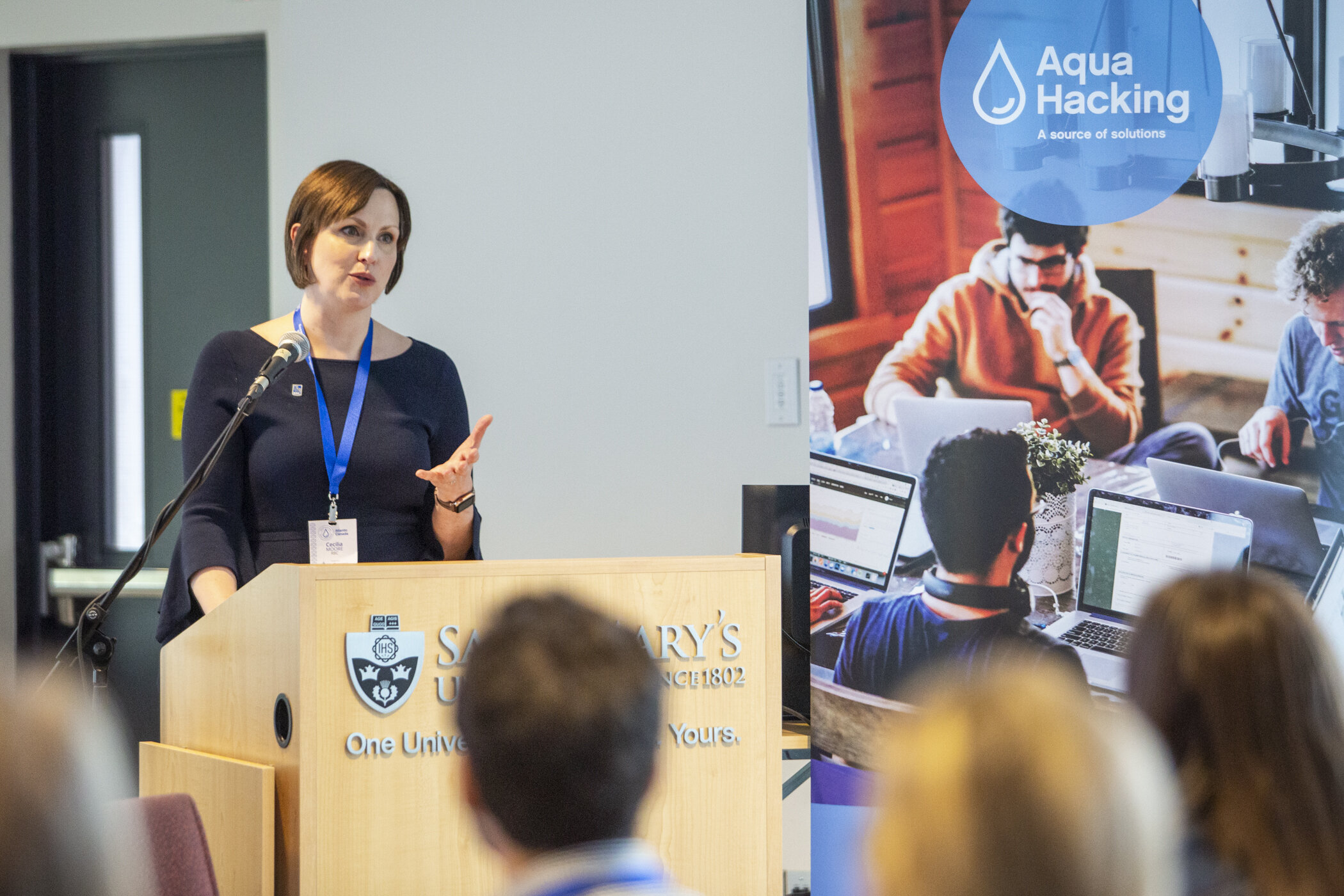
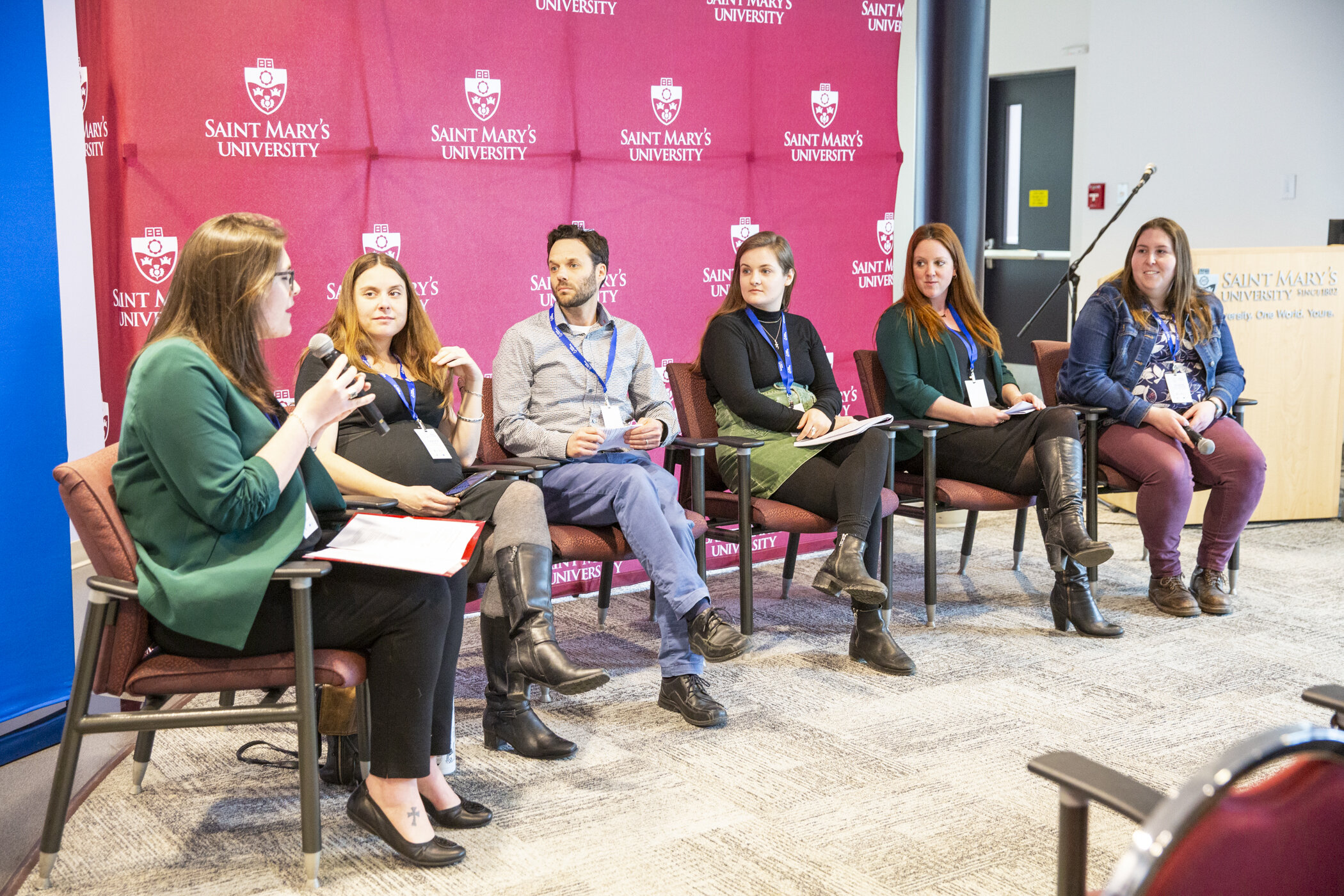
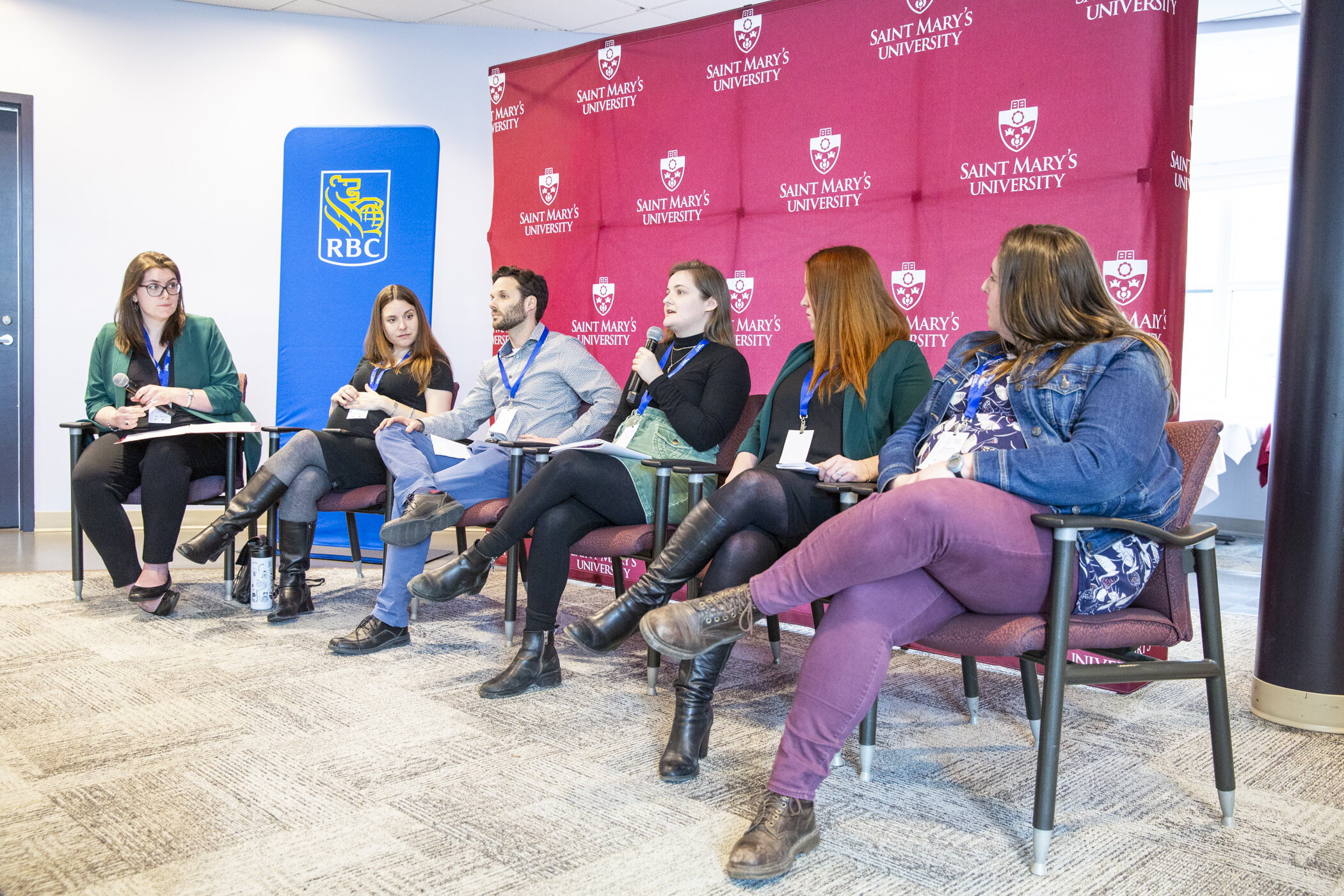
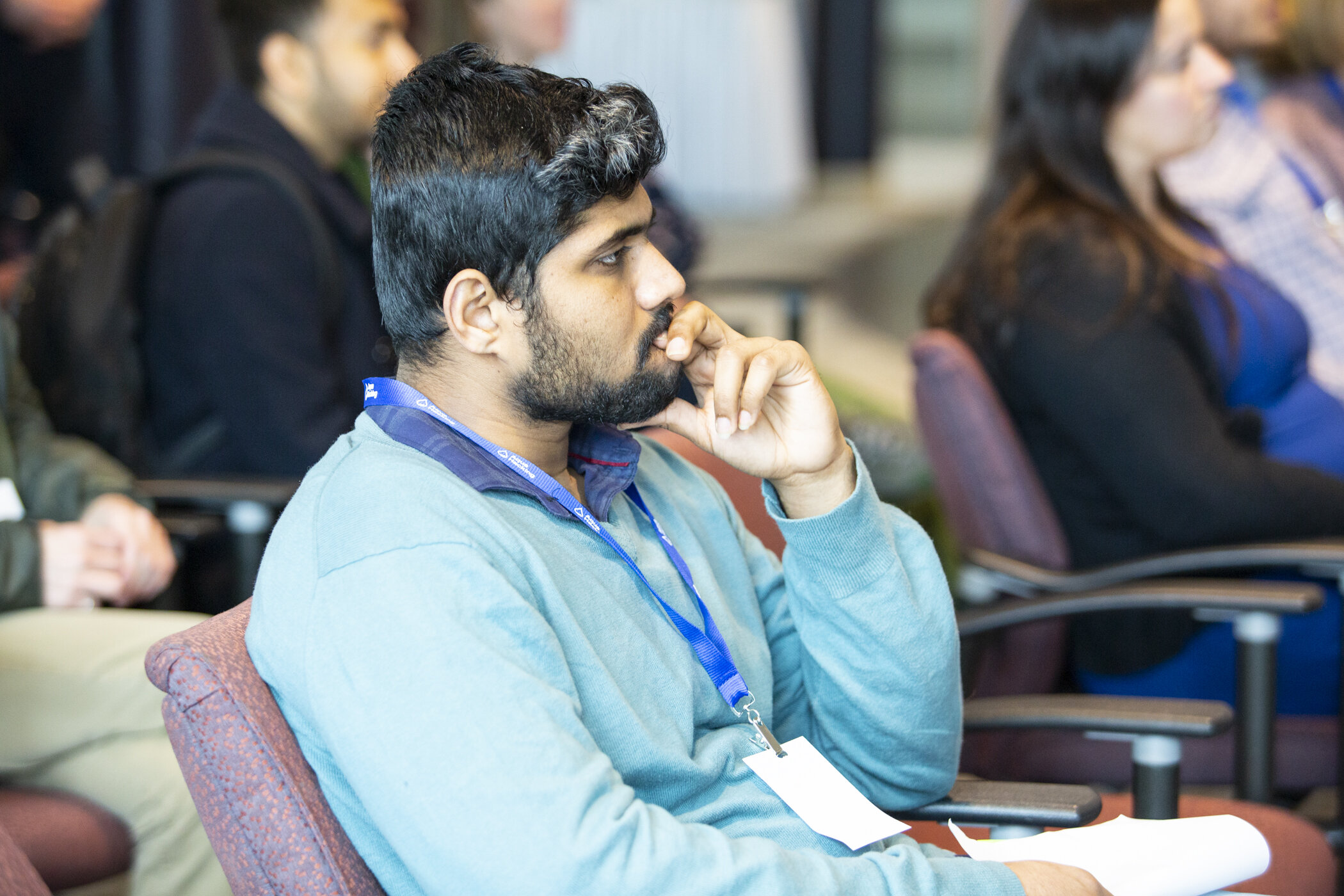
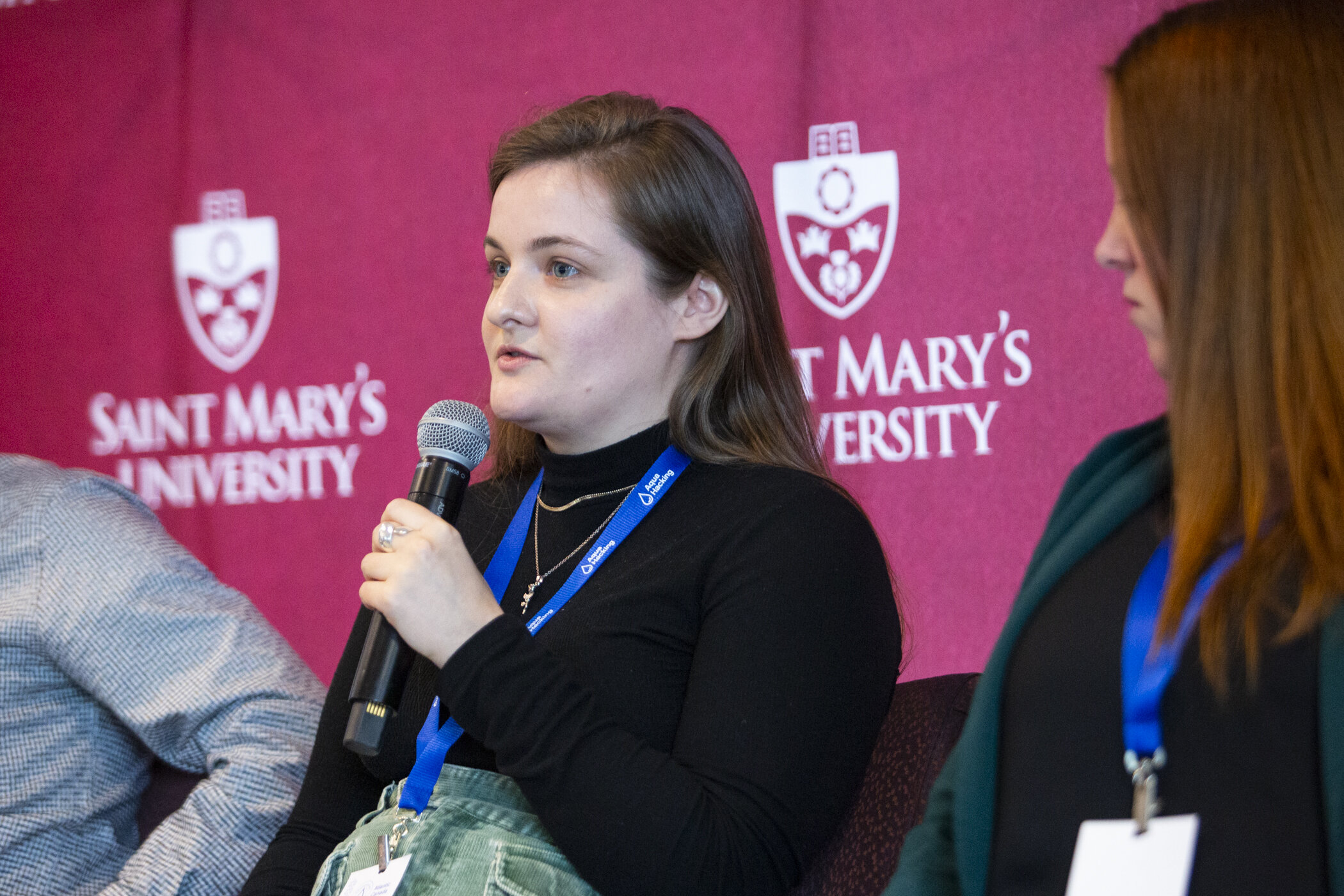
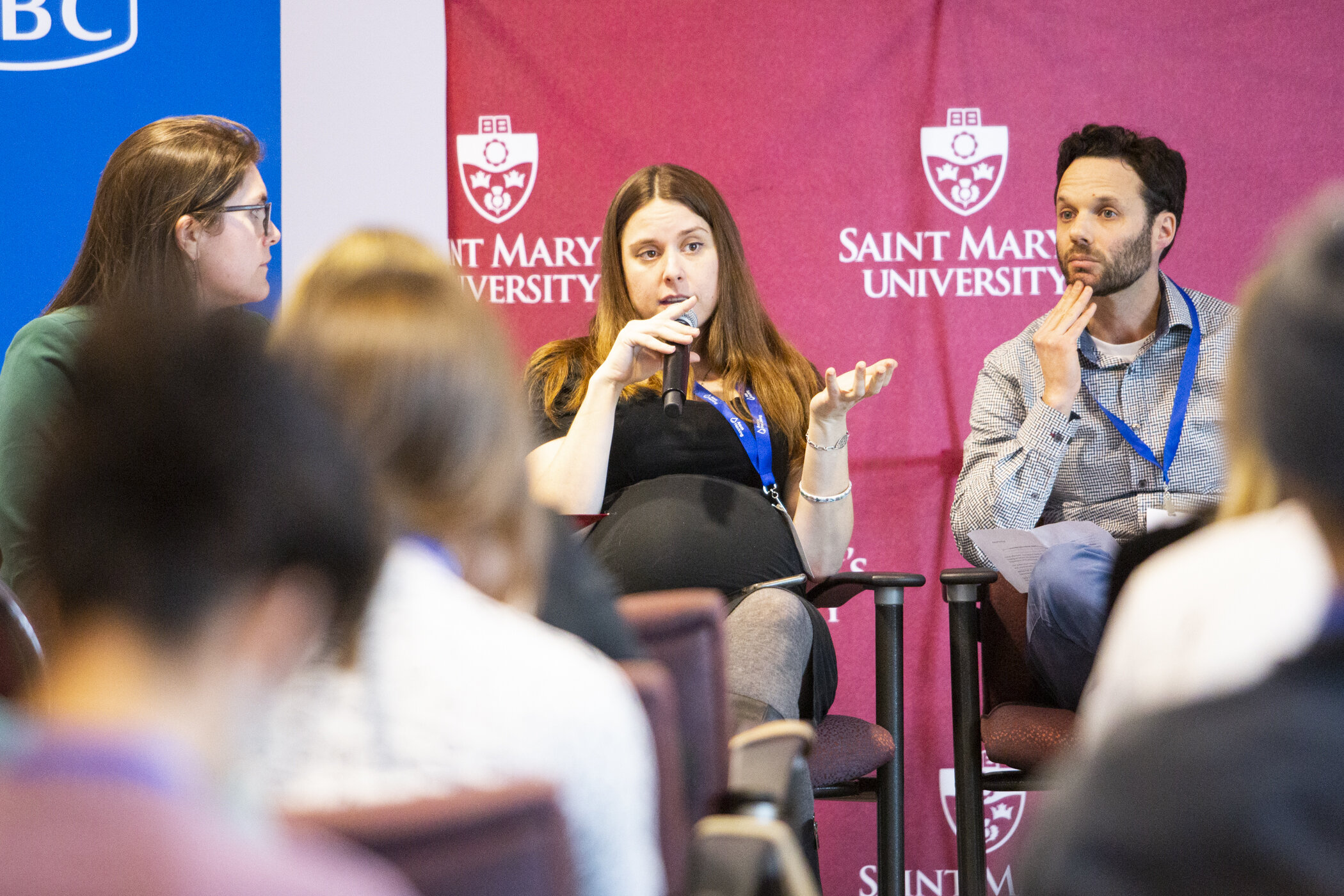
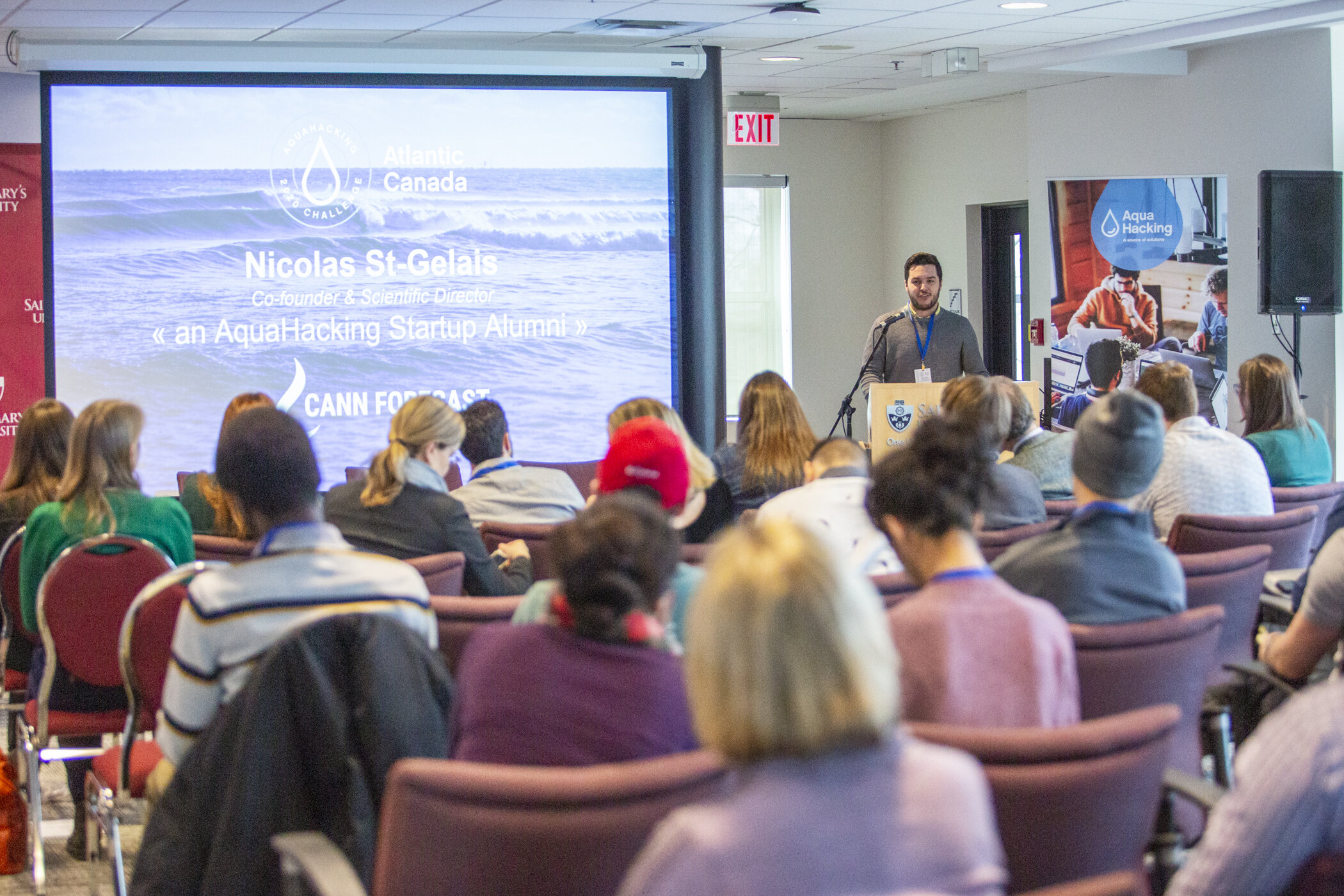

![[Left to right] Bruce Bowser, Dr. Robert Summerby-Murray, Ross Jefferson, Craig Reynolds, Randy Ambrosie, Brett Lauther and Mike “Pinball” Clemons. (Kelly Clark/CFL.ca)](https://images.squarespace-cdn.com/content/v1/56a7b5951c1210756e3465c1/1579811864179-F8NGRUP2DFRH0JXQWP9S/EO-7rMaXkAYC1ID.jpg)

